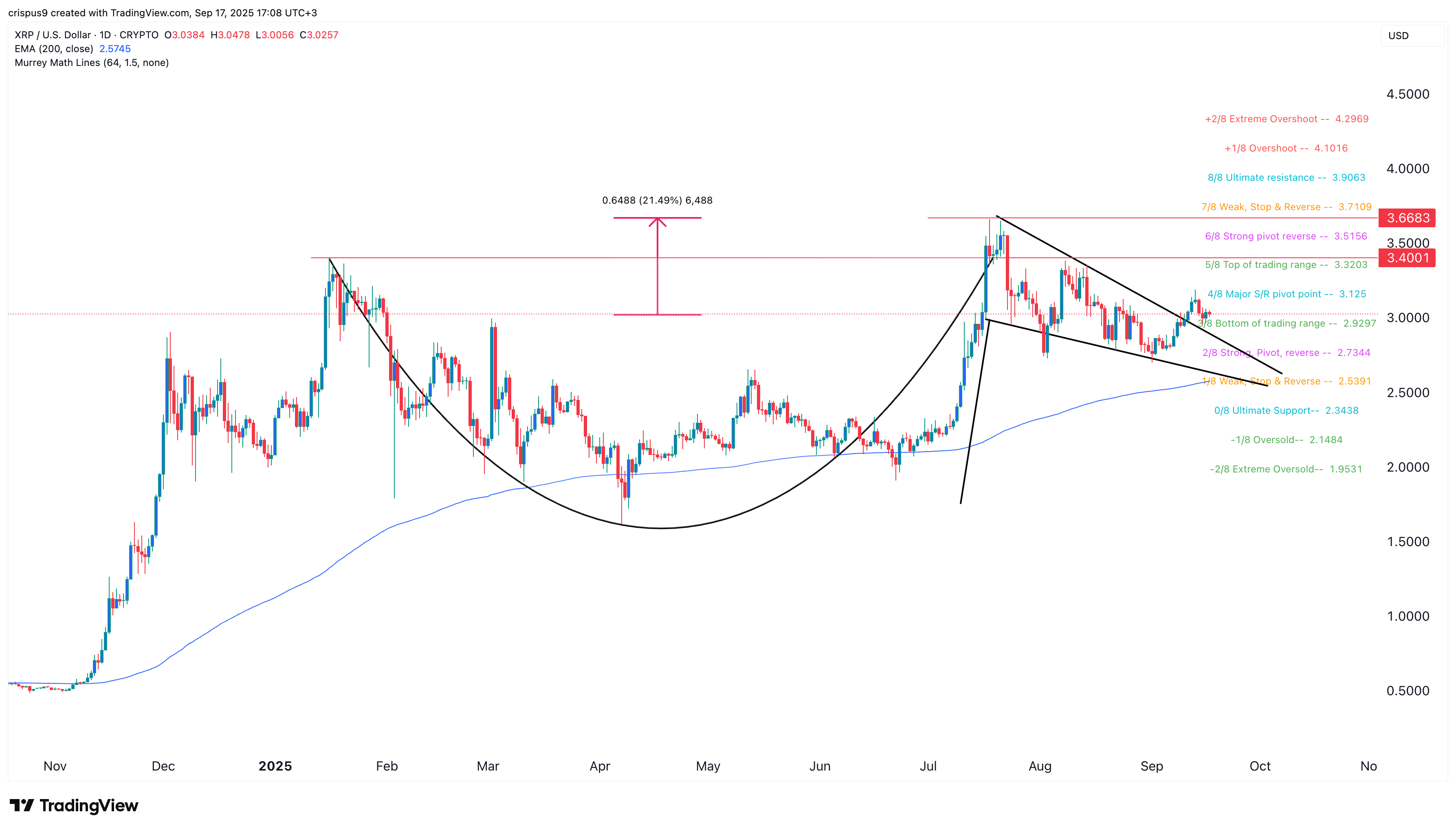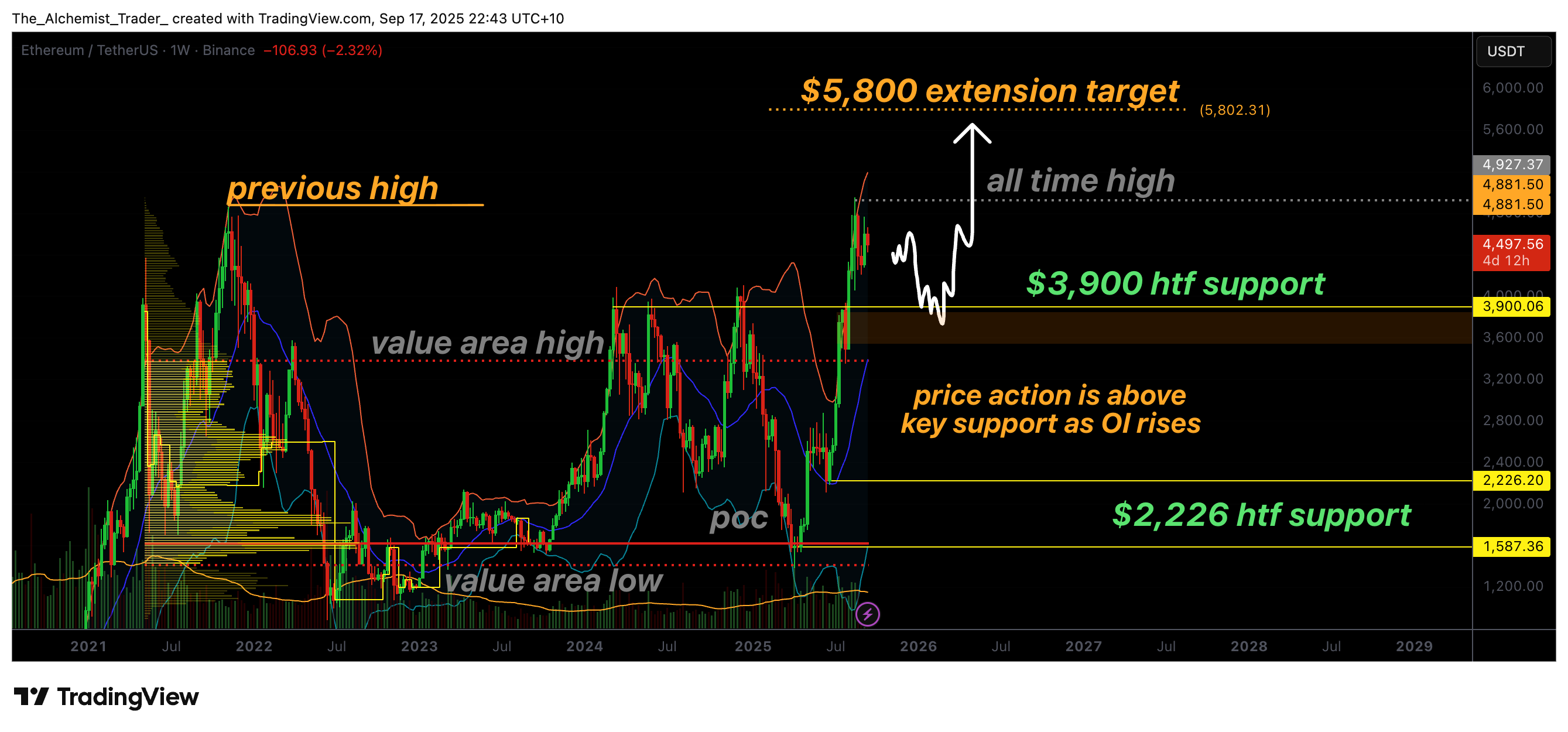IBM proposes ideas for digital euro implementation

A group of IBM specialists has prepared some ideas regarding implementing the digital euro that the European Commission could consider.
The tech consulting company highlighted five topics that could help design the digital currency. The five areas where the company focused on the draft were:
- Build on existing rails and provide enhancements for the digital euro.
- Extend PSD2(3) with a standard digital euro API for incumbents, FinTechs, and TPPs.
- Allow strong privacy for low-value proximity payments, independent of technical connectivity.
- Include a centrally governed distributed ledger as an enabler for digital processes, virtual worlds, and tokenized economies.
- Build the digital euro system by starting with a minimum viable digital euro within a sandbox.
The digital euro development
The concept of a digital euro has been gaining traction in recent years as central banks worldwide explore the potential of digital currencies. In the case of the European Union, the European Central Bank (ECB) has been actively researching and considering the implementation of a digital euro.
The ECB launched a public survey to gather opinions on the idea of a digital euro, and the response was overwhelmingly positive, with 80% of respondents expressing support for the digital currency. This feedback has encouraged further exploration and development of the digital euro.
The Eurogroup, which consists of eurozone finance ministers, has been closely involved in the discussions and decision-making process regarding the digital euro. They have reaffirmed their support for the research and development of the digital currency, recognizing that particular design and application features would require political decisions.
The ECB has released progress reports on the digital euro, outlining different approaches and distribution options. The initial plan is to make the digital euro accessible to euro area residents, governments, and merchants. Non-resident Euro-area citizens may also have access if they hold an account with a euro-area-based payment services provider. The report also mentions the possibility of expanding access to consumers from selected third countries and exploring cross-currency functionalities with other central bank digital currencies.




